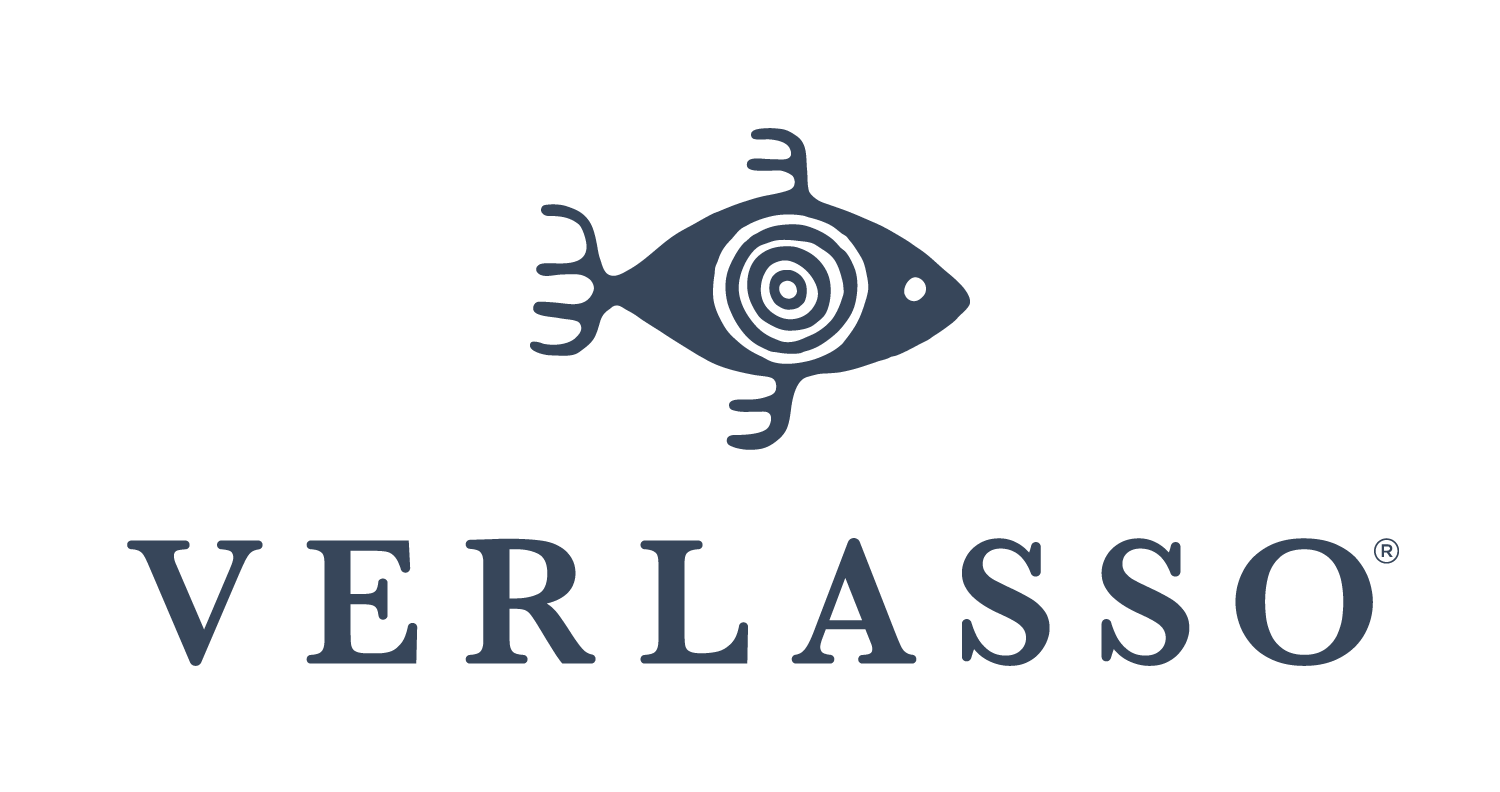Verlasso Salmon is the Kobe Beef of the Sea. Here’s Why.
Kobe Beef is widely known as the world’s best. Chefs and foodies speak in hushed tones about this legendary meat, which sells for hundreds of dollars per pound—and that’s only if you can find it. Connoisseurs of steak extol Kobe’s rich, almost sweet flavor and melt-in-your-mouth texture and recommend eating it rare or even raw to fully enjoy its quality.
Rich, sweet flavor, melt-in-your-mouth texture, perfect for eating raw...that sounds like Verlasso salmon! We think we raise the world’s best salmon, and it has quite a bit in common with Kobe Beef.
Both come from a special type of animal…
You might have heard of “Wagyu” beef: The word refers to four different breeds of cow developed in Japan that are all famous for their delicious meat. Cattle that are destined to be Kobe Beef must be from just one of these breeds—Tajima-gyu, or Japanese Black. Every Verlasso salmon is born in our hatchery from a closely controlled line of Atlantic salmon. (Like nearly all salmon farms in the Pacific, we raise a species, salmo salar, that originated in the Atlantic—it’s the “breed” whose fish grow the largest.)
...raised in a special place…
While Wagyu cows can be raised anywhere, Kobe Beef cows must come from Hyogo prefecture in Japan (whose capital is the port city of Kobe—thus the name). The Hyogo countryside is mountainous, with lots of wild meadows for grazing, mineral-rich water sources and wide swings between daytime and nighttime temperatures, all of which make it a great place to farm cattle. Verlasso salmon are raised off the coast of the Magallanes region at the very tip of southern Chile. Here, the fast-moving Humboldt Current brings ice-cold, nutrient-rich water up from deep in the Pacific to shallower waters near land, all of which make it a great place to farm salmon.
...that you can identify around the world…
At birth, every calf destined to be Kobe Beef is assigned a 10-digit number to ensure that everything about every animal—from its genetic lineage to what it’s fed to how big it grows—can be closely tracked. This also lets anybody at any butcher shop on Earth verify that the Kobe Beef they’re buying is the real deal. We have a few billion too many eggs to give every smolt its own ID, but if you see the Verlasso tag on a full-grown salmon in a store, we have individual data about it going back generations thanks to our deep studies into progeny and brood stock focused on strength, appearance, fat levels, flavor and disease resistance. Because we control every step of the process from hatchery to harvest, we know every one of our fish meets our standards.
...by the marbling of its fat.
One of the reasons Wagyu cattle are so special is that they store fat in between muscle fibers, resulting in meat that’s marbled throughout with fat. This makes Kobe steak look obviously different than a “regular” steak and gives it its melt-away tenderness that’s good enough to enjoy raw. Constant swimming against the Humboldt Current also gives Verlasso salmon marbled intramuscular fat you can see at the fish counter, and it’s why our salmon is so tender, delicious, and ideal for sushi.
So like we said: Verlasso salmon is the Kobe Beef of the sea.

